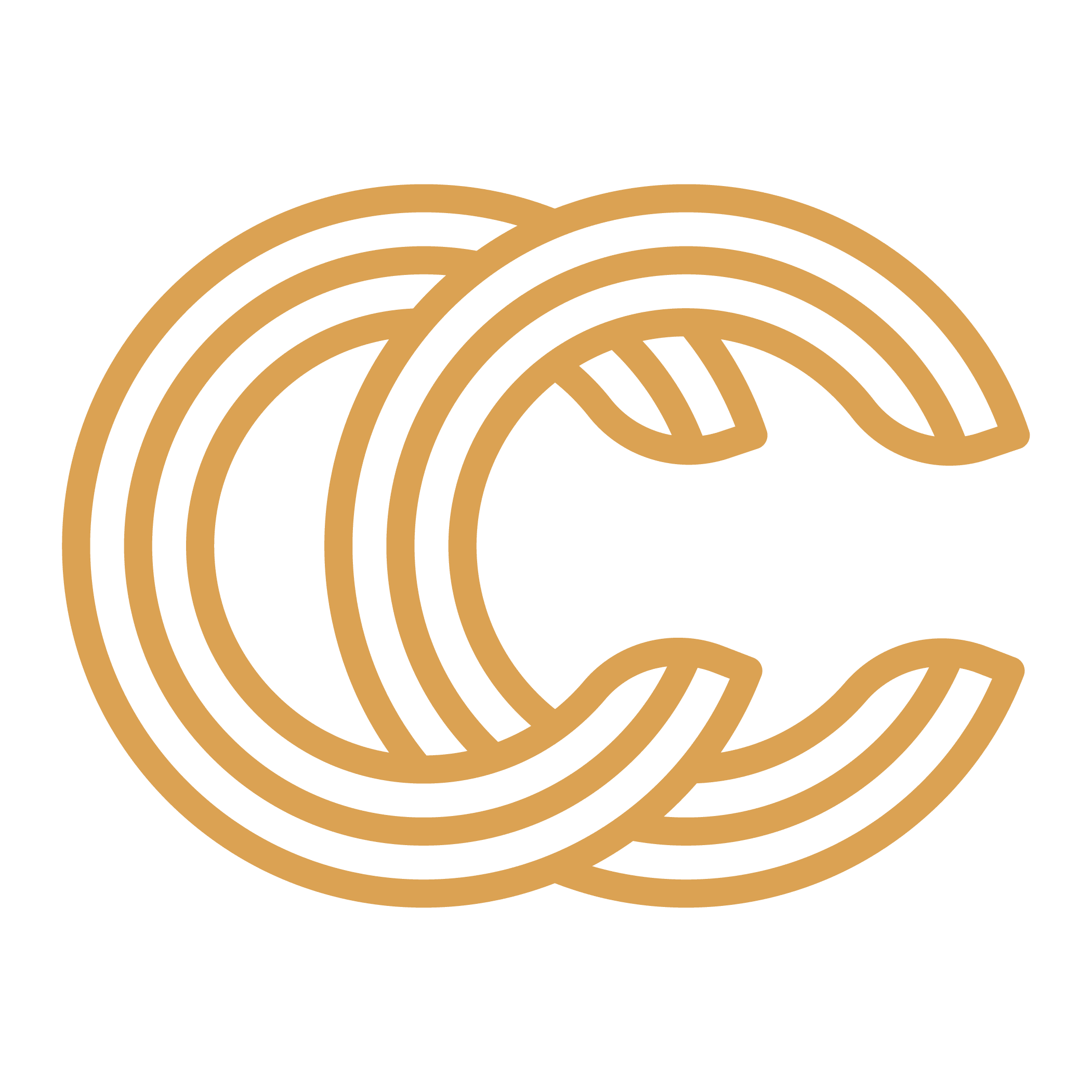OTTO NEUMANN (GERMAN, 1895-1975)
Otto Neumann was a 20th century German Expressionist. Born in
Heidelberg, Germany in 1895, he was the son of the renowned Professor of
Romance Languages at the University of Heidelberg, Fritz Neumann.
Neumann grew up surrounded by his father's friends, luminaries like Max
Weber and Ernest Troeltch. In these rich cultural surroundings and under
the influence of family and intellectual and thoughtful friends, the
artist developed a lifelong appreciation of poetry, literature and
music.
Neumann began his artistic training at the Academieder Bildenden Kunst
and studied with several noted German artists. In 1929, Neumann married
Hilde Rothschild, who became a major force in his artistic and personal
life. It was Hilde, herself a pianist and accomplished weaver, who
persuaded Otto not to destroy the early work that he considered
irrelevant to his more recent efforts. Neumann never considered himself
a member of any particular group, seeing himself, perhaps inaccurately,
as too young to be an expressionist and too old for Bauhaus, though he
absorbed what he found most compelling from members of each group.
His career went through a constant series of changes. In his early years
as a professional painter, Neumann painted numerous oil portraits of the
university community to support himself. However, as he acquired his own
means, he abandoned commissioned portrait painting altogether, finding
it less inspiring than his more imaginative literary and religious
works. Likewise, Neumann changed media, discarding oils as a medium in
the early 1920s and began using watercolors; still later, at the end of
the forties, he discontinued the use of watercolors entirely in favor of
various graphic media, taking the best from many styles, and even
changing the way he conceived the human form became a characteristic of
his artistry.
It was in the 1950s that Neumann's obsession with the neoclassically
rendered figure was reawakened. His new focus manifested itself in more
direct, albeit elegantly drawn, handling of classical motifs and forms.
The artist had clearly been studying ancient Greek vases and the simple,
lined forms that graced their sides. Neumann's figures are modernized
versions of his Greek models; they reveal the influence of a modern
stylistic trend that he admired in the work of such diverse
contemporaries as Picasso, Matisse, and Henry Moore, all of whom
incorporated simple line drawing, based on ancient Greek styles, in
their handling of the human figure. Later in life, especially after the
death of his wife, Neumann's trademark monotypes and hand-pulled
woodblocks and linocuts became ever more abstract. Neumann died on
January 2, 1975 in Munich.
Dr. David M. Sokol, Curator
The Otto Neumann Collection
Join our mailing list
* denotes required fields
We will process the personal data you have supplied to communicate with you in accordance with our Privacy Policy. You can unsubscribe or change your preferences at any time by clicking the link in our emails.

